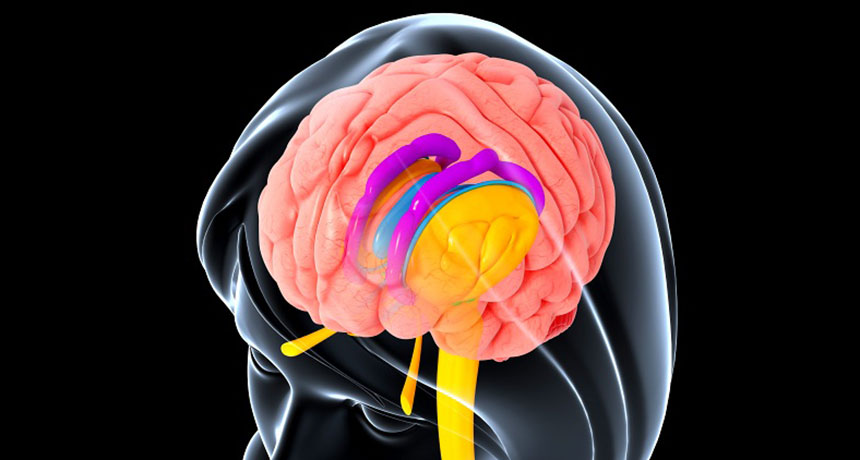Brain shapes come from mom and dad
Genes influence the 3-D shapes of neural structures

SHAPING UP Genes have a hand in shaping brain structures, a new analysis reveals.
Pixologic Studio/Science Source
Genes influence the 3-D shapes of neural structures

SHAPING UP Genes have a hand in shaping brain structures, a new analysis reveals.
Pixologic Studio/Science Source